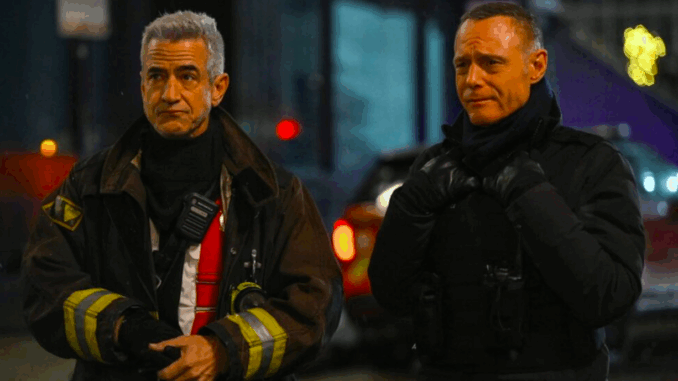
They break down doors. They break the rules. And more importantly, they break the mold. On Chicago Fire, the women aren’t there to decorate the firehouse—they’re there to define it.
Stella Kidd: A Leader on Her Own Terms
Lieutenant Stella Kidd is one of the show’s most revolutionary characters—not just because she earned her bars, but because of how she earned them. Through grit, smarts, and perseverance, she rose from squad member to officer, constantly challenging the idea that leadership has a single face.
Her Girls on Fire initiative adds another layer: she’s not just climbing the ladder; she’s bringing others up with her. That makes her a mentor, not just a commander.
Sylvie Brett: The Emotional Backbone of the Series
Paramedic Sylvie Brett could have been a standard “heart of gold” stereotype—but over the seasons, she’s emerged as the soul of the show. She’s made brutal ethical decisions in the ambulance, stood up to bureaucrats, and supported countless colleagues in their darkest hours.
When Brett considered adopting a baby, the storyline wasn’t just emotional—it was empowering. The writers allowed her complexity: strength in vulnerability, stability in chaos.
Cindy Herrmann and Donna Robbins: The Silent Forces Behind the Frontlines

The spouses of Firehouse 51 members are often overlooked, but Chicago Fire has taken care to spotlight their strength. Cindy Herrmann (Robyn Coffin), wife of Herrmann, has held the family together through cancer and financial stress, never once playing the victim. Donna Robbins (Melissa Ponzio), Chief Boden’s wife, is a moral compass and a voice of reason. These women hold their own, even off-screen.
Why It Matters
In many fire dramas, women are love interests or damsels. But in Chicago Fire, they drive plot, command scenes, and save lives. They fight fire, both literal and metaphorical.
By showing women as leaders, healers, and warriors—often all at once—Chicago Fire isn’t just keeping up with modern television. It’s setting a new bar for ensemble equality.
